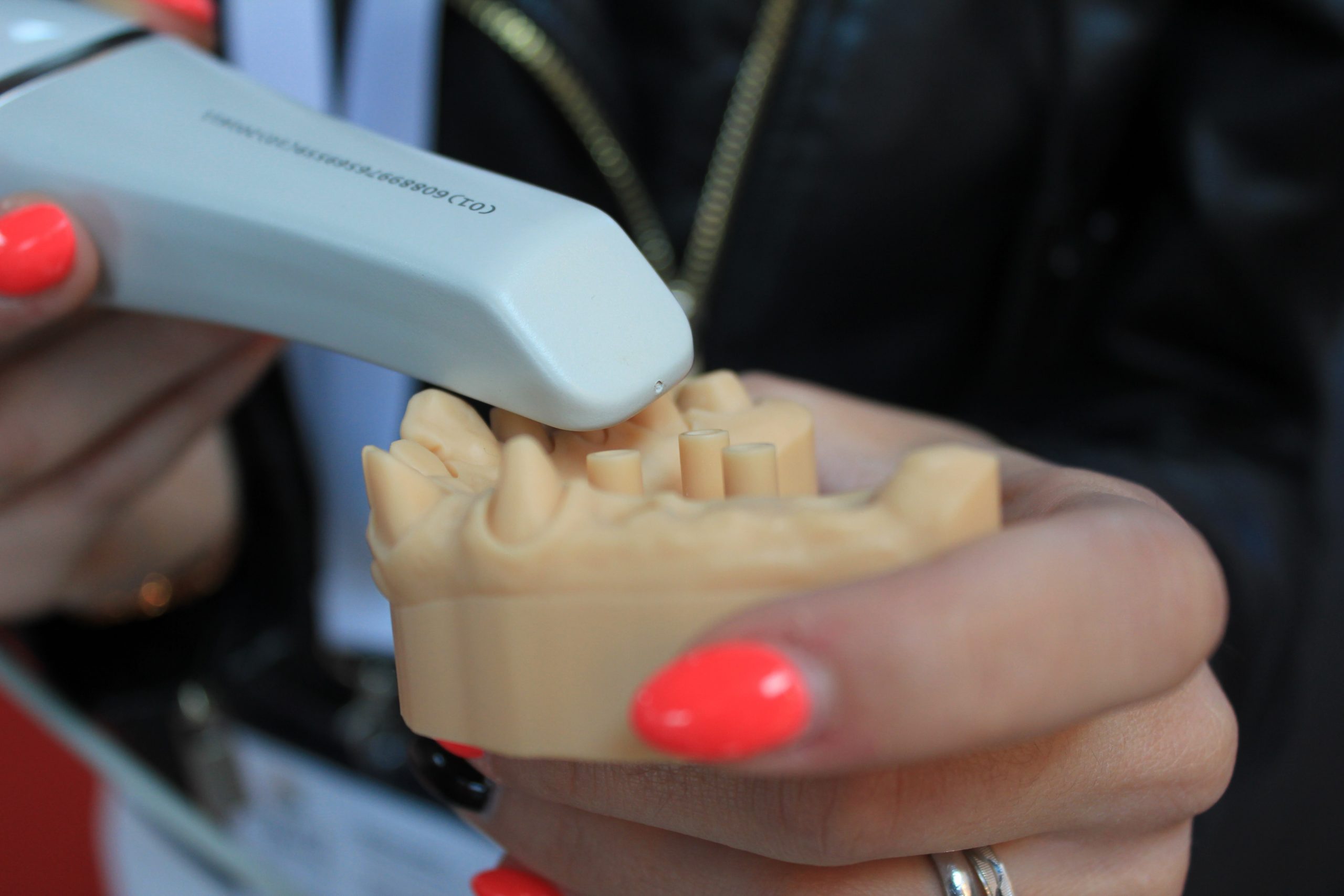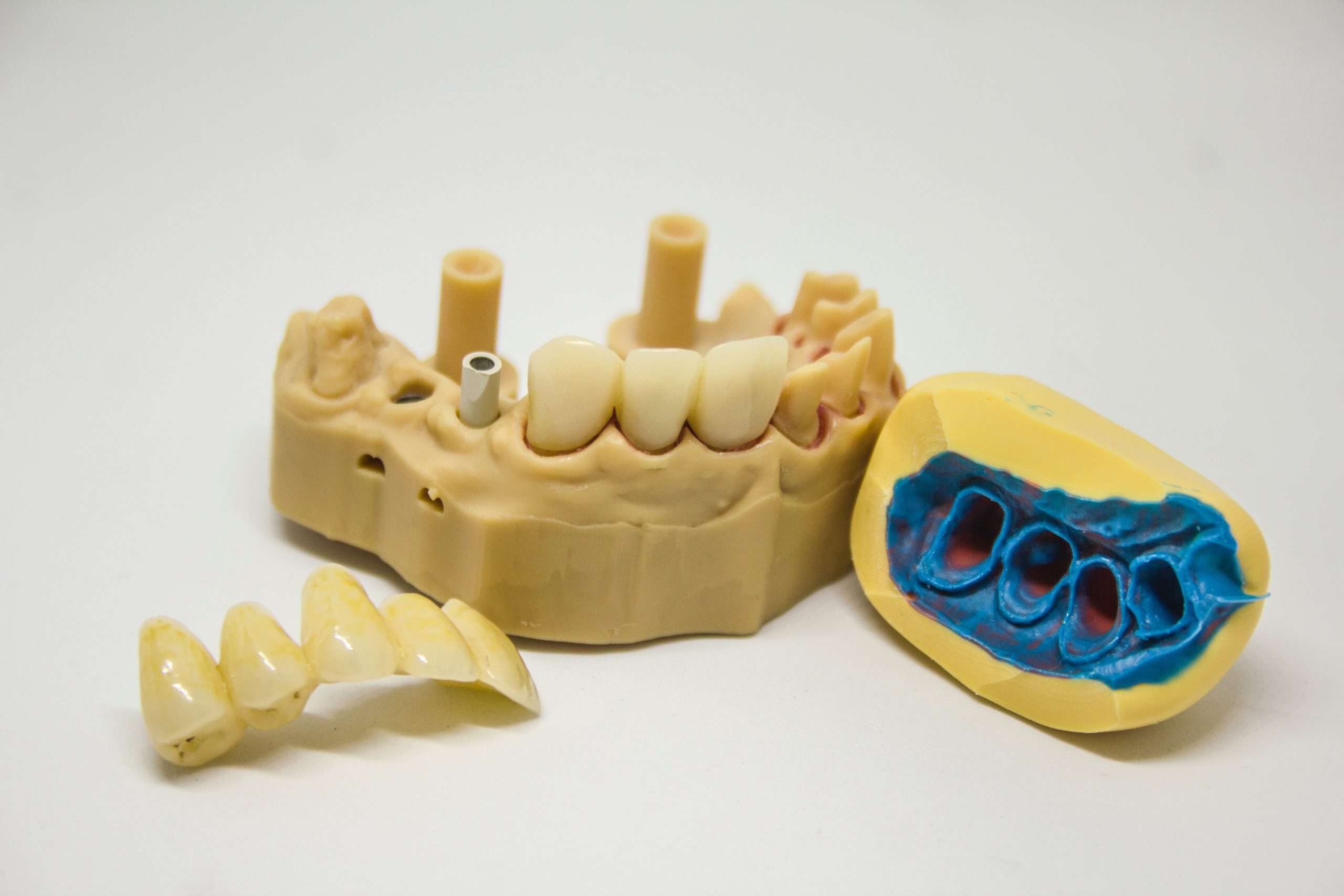
What is a Dental Cantilever Bridge? Pros and Cons Explained
Dental cantilever bridges are a type of dental prosthesis that replaces missing teeth by anchoring onto existing teeth or dental implants. This type of bridge is often recommended for patients who have only one adjacent tooth or implant to support the bridge. In this essay, we will explore the pros and cons of dental cantilever bridges.
Pros of Dental Cantilever Bridges
1)Minimal tooth preparation: Unlike traditional dental bridges, cantilever bridges only require one tooth or implant to support the prosthetic tooth. This means that less tooth structure needs to be removed during the preparation phase, resulting in a more conservative treatment approach.
2)Easy to clean: Cantilever bridges are relatively easy to clean because they are fixed in place and do not require removal for cleaning. Patients can brush and floss normally to maintain good oral hygiene.
3)Quick treatment time: The placement of a cantilever bridge is typically faster than other types of dental restorations. The entire process can be completed in just a few appointments.
4)Cost-effective: Cantilever bridges are generally less expensive than other types of dental restorations, such as dental implants.
Cons of Dental Cantilever Bridges
1)Limited support: Cantilever bridges are only supported on one side, which can put additional stress on the supporting tooth or implant. This can increase the risk of damage or failure of the supporting tooth or implant over time.
2)Not suitable for all cases: Cantilever bridges are only recommended for patients who have one adjacent tooth or implant to support the bridge. If there are no adjacent teeth or implants, other types of dental restorations, such as dental implants, may be more appropriate.
3)Risk of misalignment: Cantilever bridges can cause misalignment of the supporting tooth or implant over time. This can result in bite problems and other dental issues.
4)Not as durable: Cantilever bridges may not be as durable as other types of dental restorations, such as dental implants. They may need to be replaced more frequently.
Conclusion
Dental cantilever bridges are a viable option for patients who have one adjacent tooth or implant to support the bridge. They are a conservative and cost-effective treatment option, but they do have some limitations. Patients should consult with their dentist to determine if a cantilever bridge is the best option for their specific dental needs.


